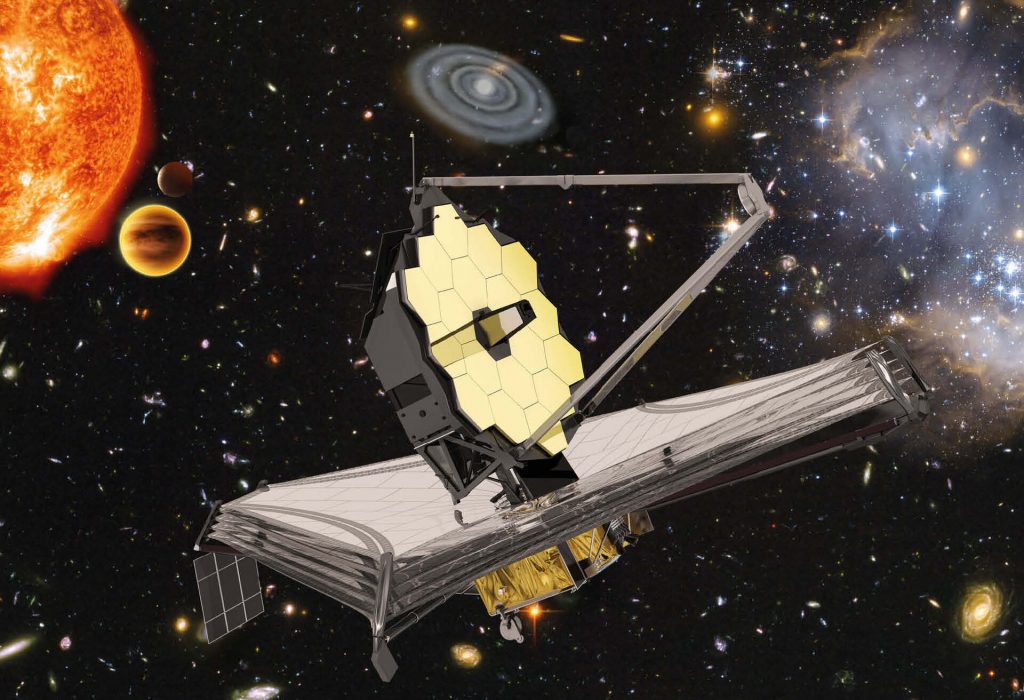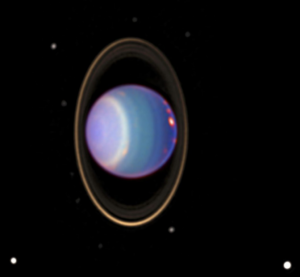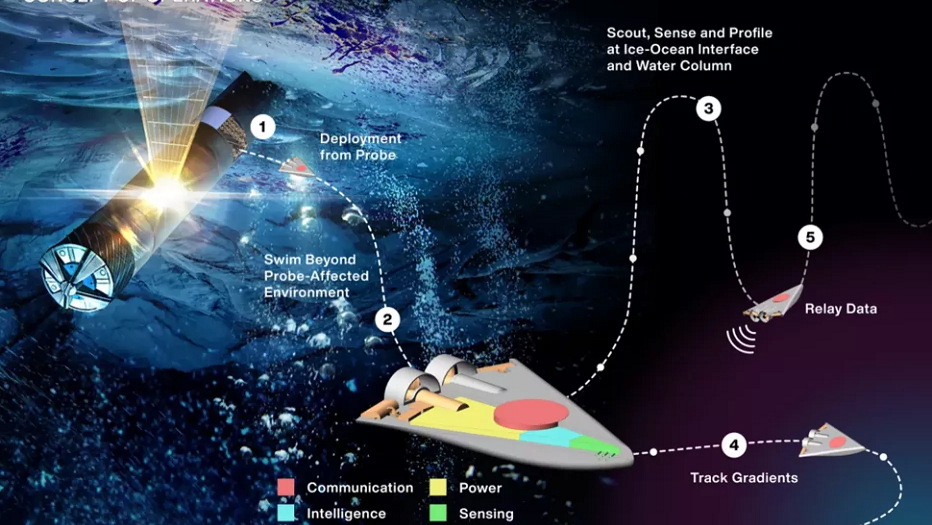
By the end of 2021 NASA wants to launch its new space telescope. The “Webb” will be the largest and most powerful space telescope ever built. It will (just as hubble did) fundamentally alter our understanding of the universe and give new insights into the cosmos.
The James Webb Space Telescope (JWST) is an orbiting infrared observatory that will complement and extend the discoveries of the Hubble Space Telescope, with longer wavelength coverage and greatly improved sensitivity. The longer wavelengths enable Webb to look much closer to the beginning of time and to hunt for the unobserved formation of the first galaxies, as well as to look inside dust clouds where stars and planetary systems are forming today.
One of the first things the new telescope will be used for is to study Beta Pictoris, an intriguing young planetary system that sports at least two planets, a jumble of smaller, rocky bodies, and a dusty disk. The NASA Researchers hope to gain a better understanding of the structures and properties of the dust to better interpret what is happening in the system. Since it’s only about 63 light-years away and chock full of dust, it appears bright in infrared light – and that means there is a lot of information for Webb to gather.
Like our own solar system, Beta Pictoris has a debris disk, which includes comets, asteroids, rocks of various sizes, and plenty of dust in all shapes that orbit the star. It has been regularly studied in radio, infrared, and visible light since the 1980s. The star itself is twice as massive as our Sun and quite a bit hotter, but also significantly younger. (The Sun is 4.6 billion years old, but Beta Pictoris is approximately 20 million years old.) At this stage, the star is stable and hosts at least two planets, which are both far more massive than Jupiter. But this planetary system is remarkable because it is where the first exocomets (comets in other systems) were discovered. There are quite a lot of bodies zipping around this system!
There will be much more missions for the new telescope that might answer some of the universe’s secrets, but likely will also give us many more questions to ask.





